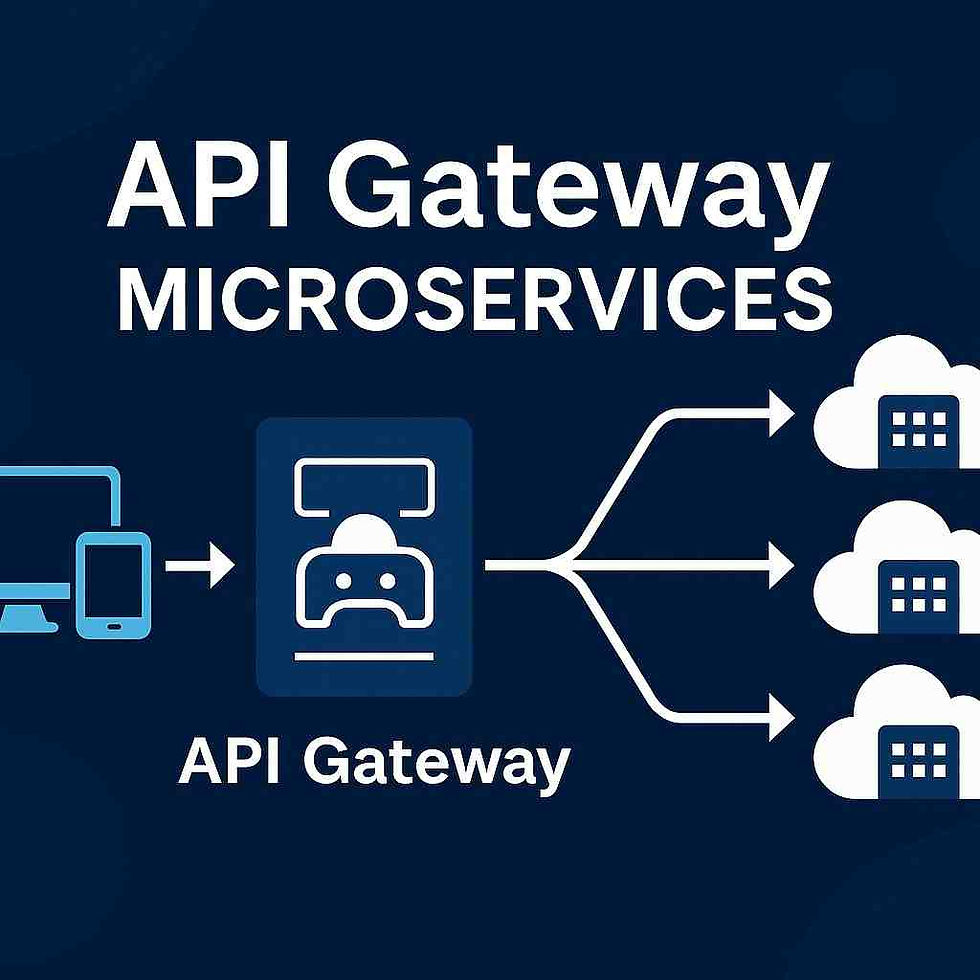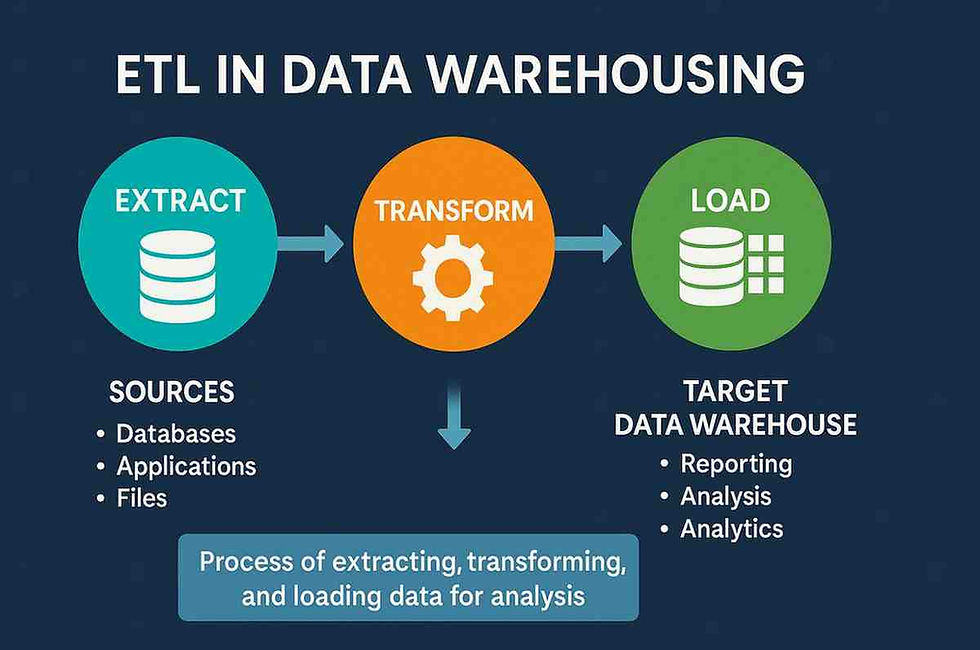Mastering API Mocking Techniques: A Comprehensive Guide
- Gunashree RS
- Dec 10, 2024
- 4 min read
In today’s fast-paced software development landscape, where quality and speed are critical, API Mocking Techniques have emerged as a cornerstone of effective testing and CI/CD workflows. As organizations adopt microservices, complex APIs, and dynamic cloud environments, the need for robust and scalable API mocking tools becomes indispensable.
This guide delves deep into the techniques, benefits, and best practices for API mocking, with a particular focus on integration with modern CI/CD pipelines. Let’s explore how API mocking can transform your testing strategies, enabling faster development cycles and superior software quality.
Introduction
APIs are the lifeblood of modern software ecosystems, enabling seamless communication between systems. However, they also introduce complexities, especially in large enterprises with sprawling architectures. Here’s where API mocking steps in.
By simulating the behavior of APIs during testing, mocking eliminates bottlenecks, minimizes interdependencies and accelerates development. Platforms like Devzery have redefined this landscape with AI-powered solutions, empowering organizations to optimize their CI/CD pipelines and achieve unparalleled efficiency in API regression testing.
In this guide, we explore the significance of API mocking, its integration with CI/CD pipelines, and its future in automation-led quality assurance.

Understanding API Mocking
What Is API Mocking?
In simple terms, API mocking refers to creating a simulated version of an API to mimic its behavior. Developers use mocked APIs to test their applications without relying on the actual service or endpoint.
Think of it as a rehearsal for software: just like actors rehearse using scripts instead of the real setup, developers use mocked APIs to fine-tune their applications without the actual backend in place.
Benefits of API Mocking
Faster Testing Cycles: Mocked APIs respond faster than live APIs, significantly reducing test execution times.
Reduced Dependencies: Developers can proceed with their work without waiting for other teams to complete their API integrations.
Cost-Effective Testing: Mocking eliminates the need to access production environments, reducing operational costs.
Enhanced Flexibility: Developers can simulate various scenarios, including edge cases and errors, ensuring robust testing coverage.
Techniques for API Mocking
Overview of API Mocking Techniques
1. Static Mocking:
Creates fixed responses for API requests.
Ideal for testing predictable and simple behaviors.
Limitation: Lacks adaptability for dynamic scenarios.
2. Dynamic Mocking:
Uses AI and advanced tools to generate responses dynamically.
Adapts to varying inputs, mimicking real-world API behavior.
3. Service Virtualization:
Simulates entire system components rather than just individual APIs.
Particularly useful for large enterprises with interconnected systems.
Tools and Best Practices
Criteria for Selecting API Mocking Tools:
Ease of Use: Tools should be intuitive and codeless.
Integration Capabilities: Ensure compatibility with CI/CD pipelines.
Scalability: Handle enterprise-level demands.
Advantages of AI-Powered Approaches:
AI-driven mocking tools like those offered by Devzery allow the automated generation of realistic API responses, reducing manual effort and improving accuracy.
Integrating API Mocking in CI/CD Pipelines
API Mocking in Action
In modern CI/CD pipelines, API mocking is pivotal in streamlining workflows. Here’s how it works:
Pre-Build Stage: Developers mock APIs to validate integrations before backend services are available.
Build and Testing Stages: Testers simulate API calls, ensuring the application functions correctly under various scenarios.
Post-Deployment: Mock APIs help validate the live environment without impacting production.
The Devzery Advantage
Devzery’s AI-driven API mocking platform simplifies integration with CI/CD systems by offering:
Automated Mock Generation: Reduces setup time and complexity.
Seamless Integration: Works effortlessly with popular CI/CD tools like Jenkins and GitLab.
Scalable Solutions: Handles high transaction volumes and complex scenarios efficiently.
Advanced Use Cases for Scalable QA
Scaling API Mocking for Enterprise-Level Demands
Enterprises often deal with APIs catering to thousands of requests per second.
Here’s how advanced mocking techniques help:
Load Testing with Mock APIs: Ensures systems handle peak traffic without actual API dependencies.
Fault Tolerance Testing: Simulates failures, allowing teams to design more robust applications.
Leveraging Codeless Automation
Modern platforms enable codeless automation for API mocking, allowing QA teams to:
Generate mocks with minimal technical expertise.
Focus on strategic tasks rather than manual configurations.
Future of API Mocking and QA
Role of AI in Shaping API Testing Strategies
AI is revolutionizing API testing by:
Predicting Outcomes: Generating realistic responses based on past interactions.
Improving Coverage: Testing APIs under an array of conditions to uncover hidden flaws.
Automating Maintenance: Keeping mocks updated as APIs evolve.
Staying Ahead in Automation Trends
With continuous innovation, organizations can harness AI and codeless tools to stay competitive. Embrace solutions like Devzery to ensure your API testing strategy evolves with industry demands.
Conclusion
API mocking is no longer a “nice-to-have” but a “must-have” for organizations striving to maintain agility in their development cycles. From accelerating CI/CD workflows to scaling enterprise testing efforts, mastering API Mocking Techniques is pivotal for success.
Explore tools like Devzery to supercharge your QA and testing strategies with AI-powered, codeless automation for the modern enterprise.
FAQs
1. What is API mocking used for?
API mocking is used to simulate the behavior of real APIs, enabling faster development and testing without dependencies.
2. How does API mocking improve CI/CD pipelines?
By eliminating dependencies and simulating API interactions, API mocking ensures faster and more reliable CI/CD workflows.
3. What are the best tools for API mocking?
Popular tools include Postman, WireMock, and AI-powered platforms like Devzery.
4. Can API mocking handle real-time data scenarios?
Yes, advanced mocking tools use dynamic responses to mimic real-time API behavior accurately.
5. Is API mocking suitable for small businesses?
Absolutely. API mocking reduces costs and accelerates development, benefiting businesses of all sizes.
6. What is service virtualization in API mocking?
Service virtualization extends API mocking to simulate entire system components, which is ideal for complex enterprise applications.
7. How does AI enhance API mocking?
AI automates mock generation, improves response accuracy, and adapts to evolving APIs, reducing manual effort.
8. Can API mock improve application security?
Yes, by isolating real APIs, mocking minimizes the risk of exposing sensitive data during testing.
Key Takeaways
API mocking accelerates testing and development by simulating real API behavior.
Integrating API mocking in CI/CD pipelines enhances efficiency and reliability.
Advanced use cases like load testing and fault tolerance highlight its scalability for enterprises.
AI and codeless automation are the future of API testing, ensuring seamless QA integration.




Comments